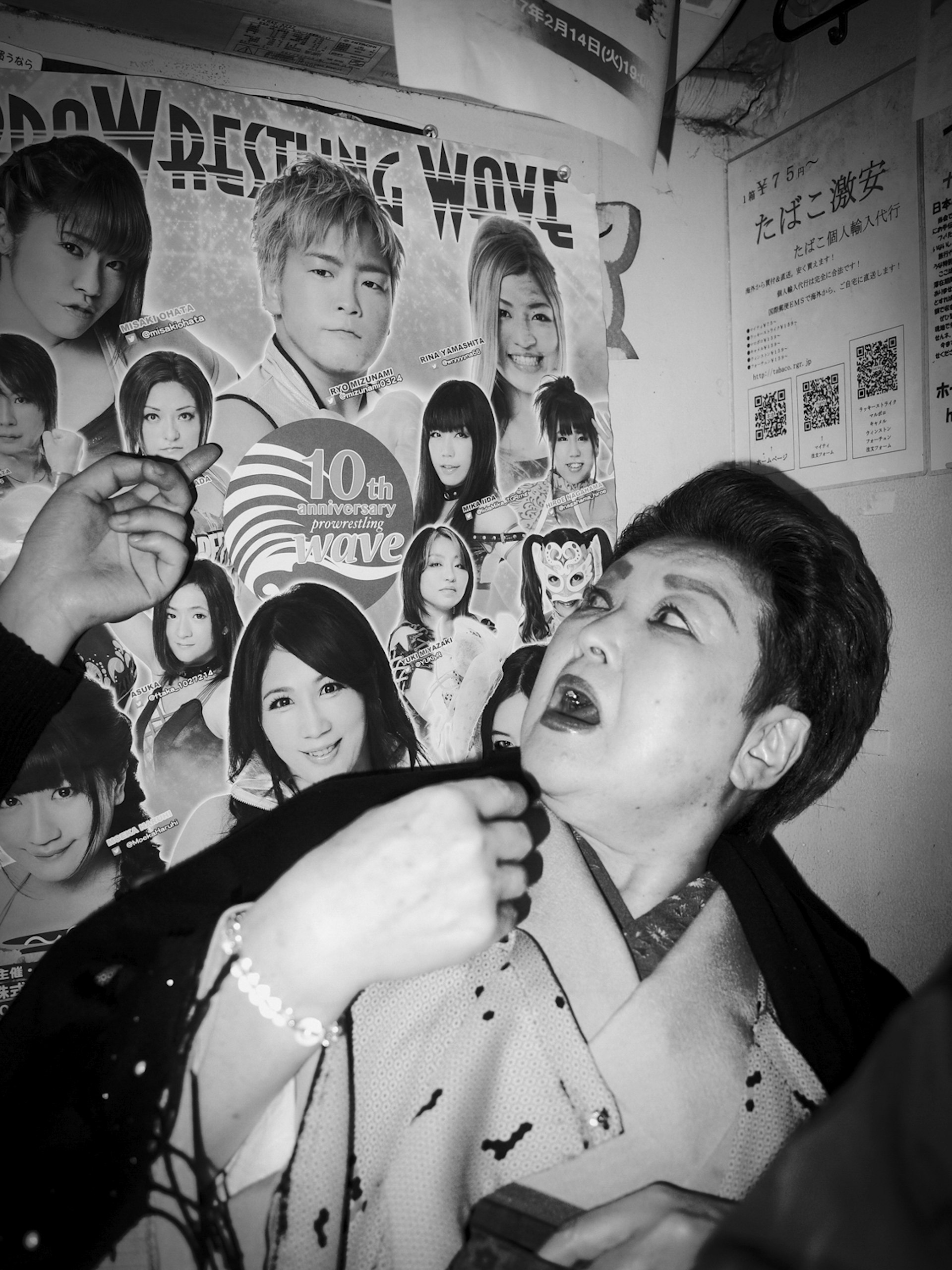
Photos that explore the juxtapositions of modern Japan
- Text by Miss Rosen
- Photography by Meg Hewitt
In March 2011, disaster befell Japan as the Great Earthquake, tsunami, and Fukushima Daiichi nuclear disaster hit the nation in record time. Five years later, Japan’s prime minister Naoto Kan revealed that the country came within a “paper-thin margin” of nuclear destruction that would have required the evacuation of 50 million people – a feat he acknowledged was near impossible.
As this science-fiction horror story played out in real time, Australian photographer Meg Hewitt began to imagine the density of Tokyo, the feeling of being trapped as a cloud of nuclear fallout spread, and the disturbing question of whether or not to trust the government and big business. For Hewitt, thinking was not enough: she needed to experience life in Tokyo for herself.
Over a period of two years, Hewitt created a body of photographs inspired by the curious co-existence of darkness and light, trauma and innocence, death and life – which she crafted into the newly released monograph, Tokyo Is Yours. Hewitt combines the raw edge of Anders Petersen with the knowing glance of Daido Moriyama, the haunting glamour of Fritz Lang with the graphic traditions of Manga through a careful edit and sequencing that pairs unlikely moments to sublime effect.
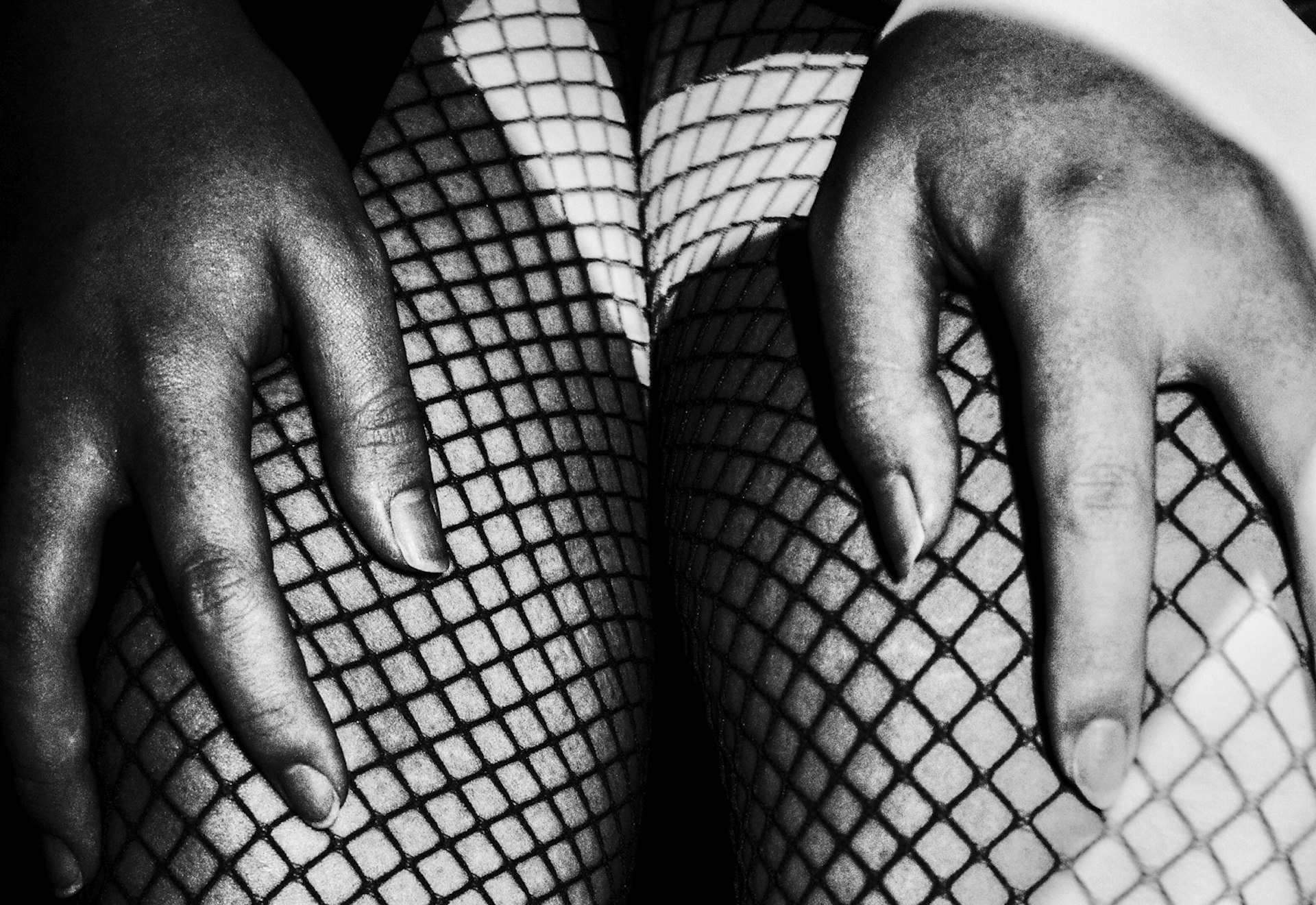
Legs – after Daido, 2016
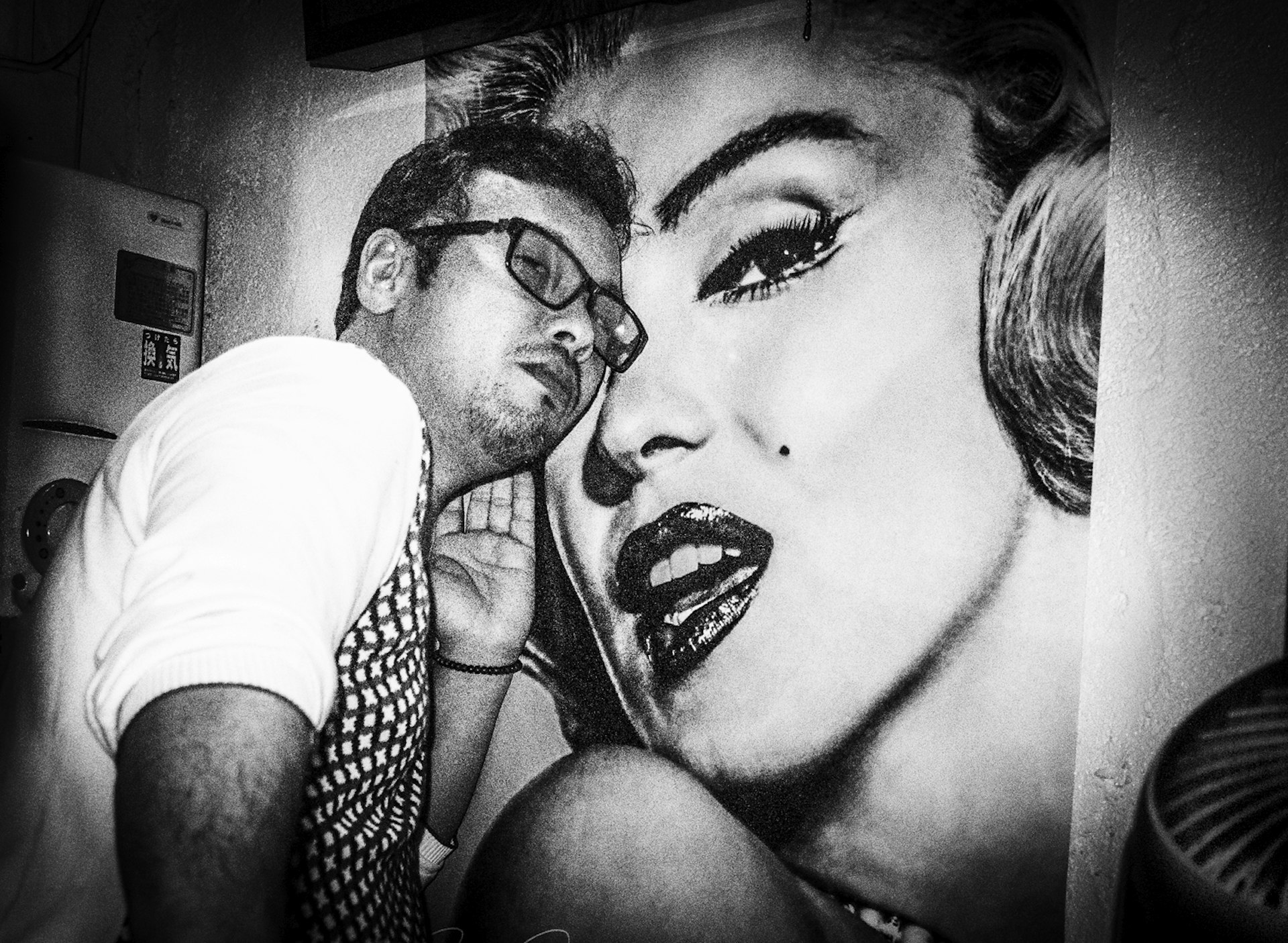
Marilyn, Kyoto 2016
“I believe there are two Japans, one of the night and one during the day,” Hewitt observes. “I always felt drawn to the night, when people finish work and transform into their nighttime persona. I would often shoot at night and then develop the film in my bathroom at the hotel then I scanned it with great anticipation for the night to reappear.”
Hewitt fell in love with the tiny bars that seat just 4-6 people, creating an intimate environment among strangers. Here she made friends who later sat for photographs. “They told me about their hopes for the future: to fall in love, be married, become an artist or a performer, or to travel,” Hewitt recalls.
“Many of the small bars have different themes like a Rolling Stones bar, robot bar, medical bar, gamers bar, and movie bar. My favourites were Kodoji, where all the Japanese photographers hang out, and Kubicho, a small bar located in an alley with no sign, owned by a painter, run by a transgender staff, and home to a collection of wooden penises.”
Hewitt’s photographs capture the complex and compelling contrasts of Japanese life. “There is a great national pride and identity so that even if young people embrace Western trends, they do so proudly with a Japanese twist on it,” she says. “I find the celebration of innocence fascinating: the super cuteness, dancing school girls in uniform and miniature pets. We read perversion into it but that is in our view – not theirs. We are superimposing our sense of danger and vulnerability onto their world which is far safer than our own.”
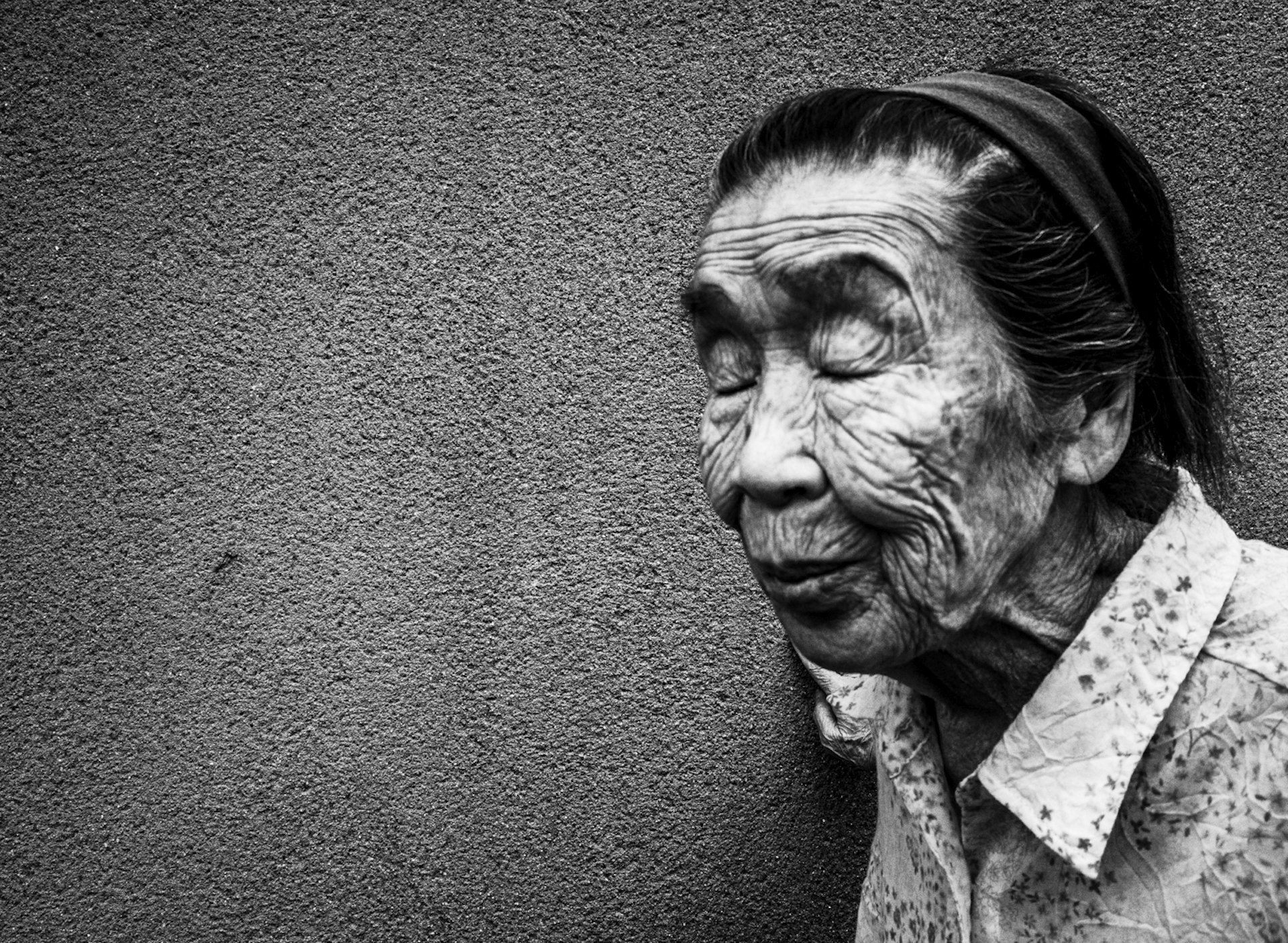
Wisdom, Kyoto 2016
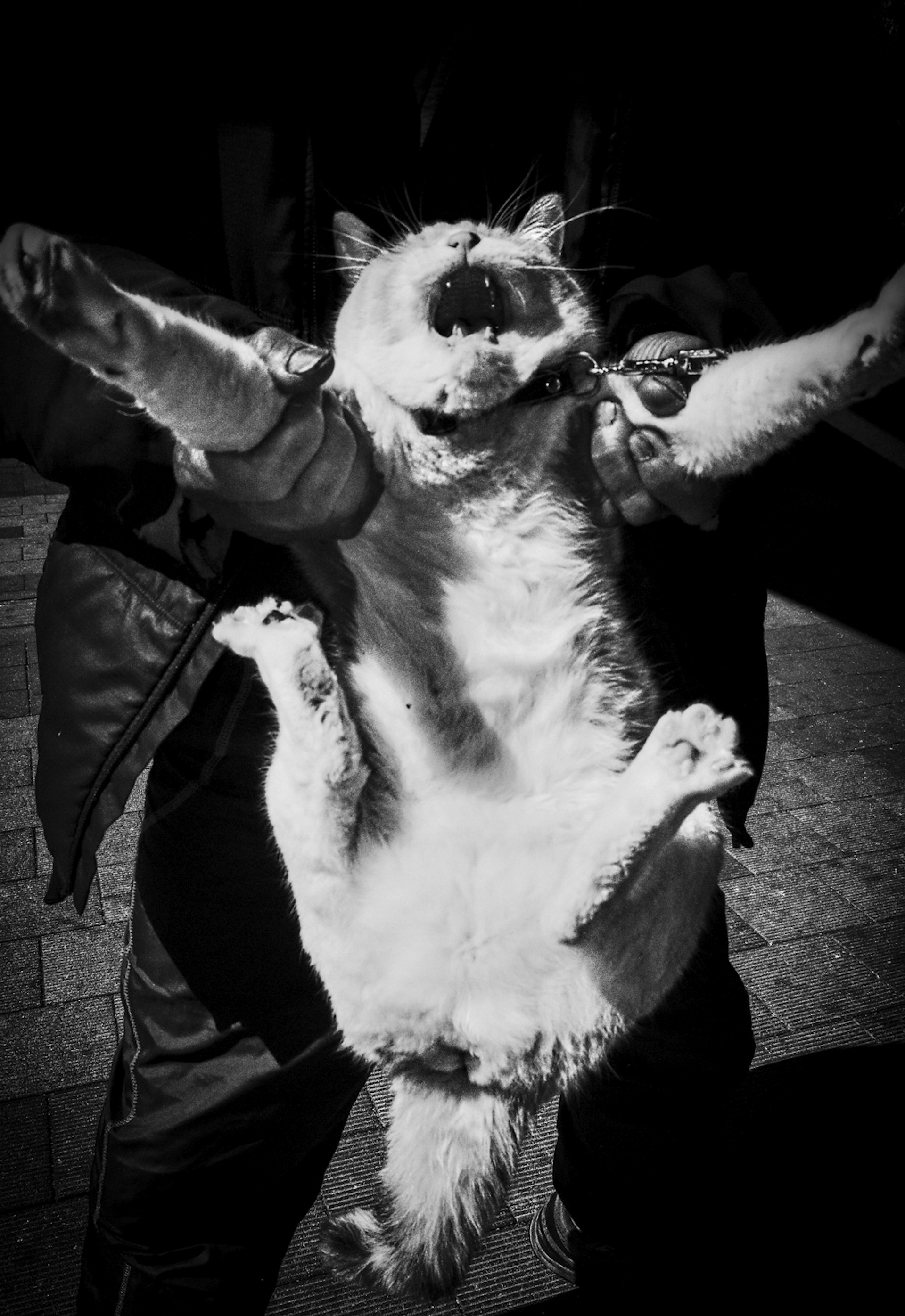
Cat, Tokyo 2015
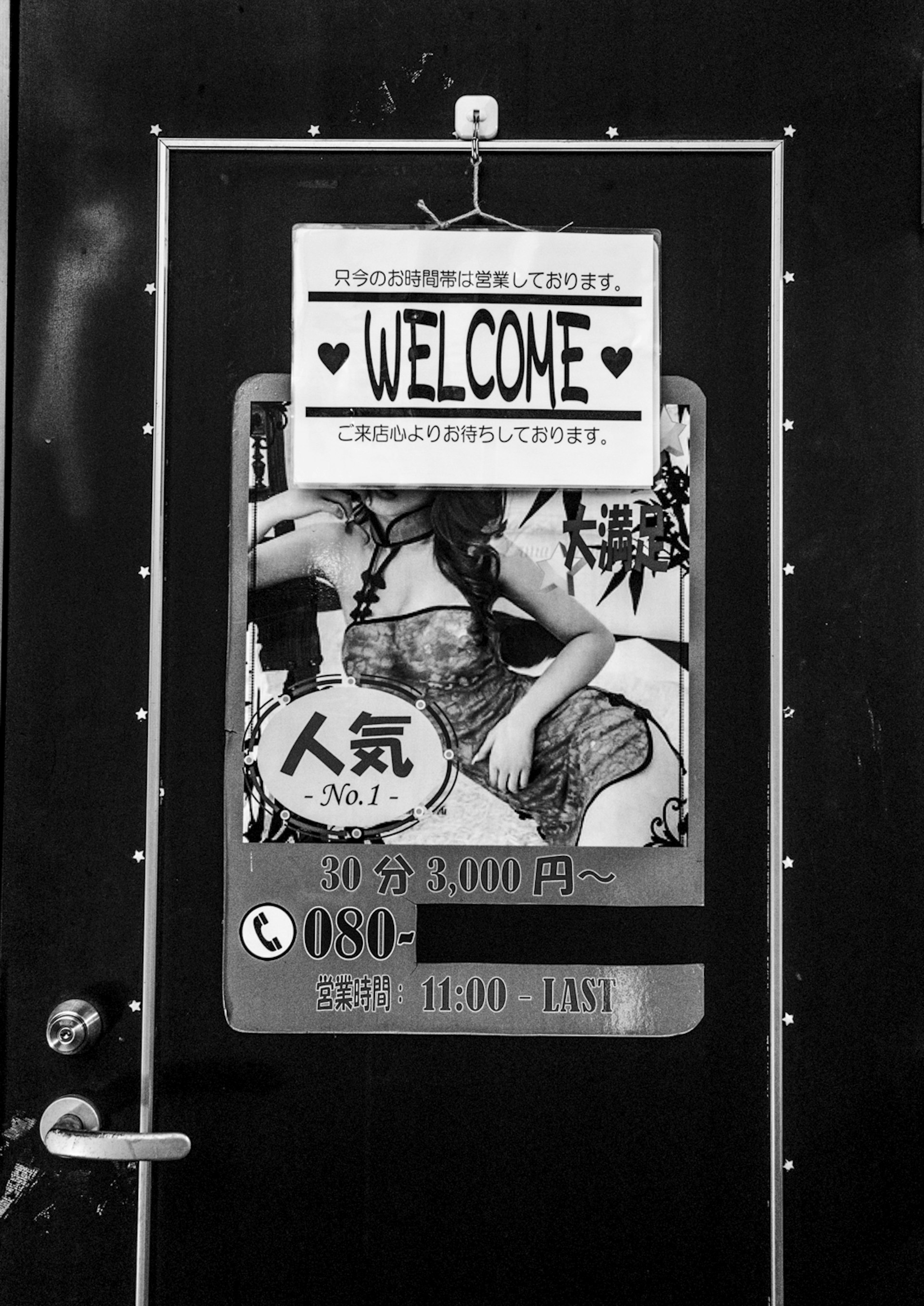
Welcome, Osaka, 2016
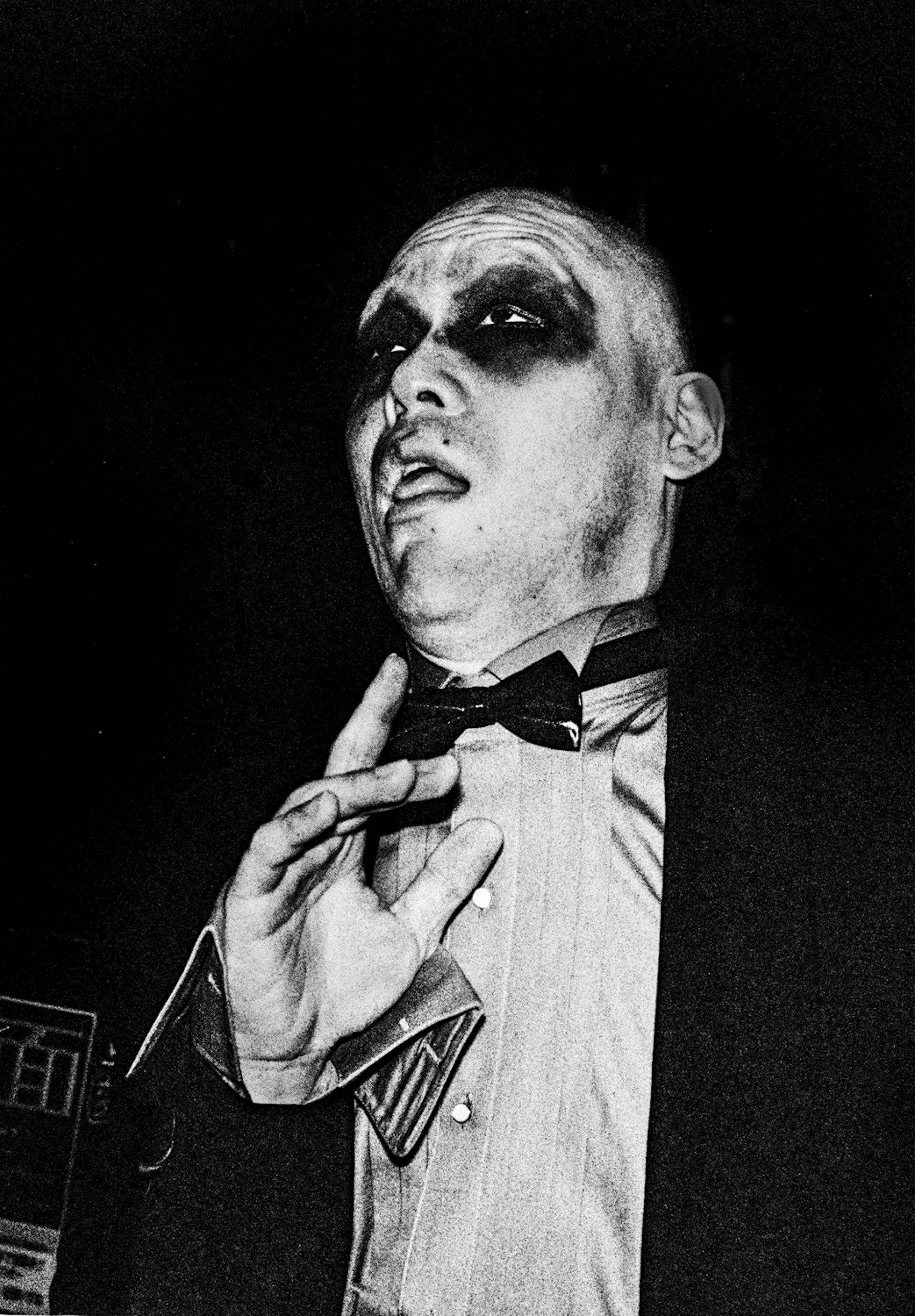
Halloween, Golden Gai 2015

Yuka, Tokyo 2015
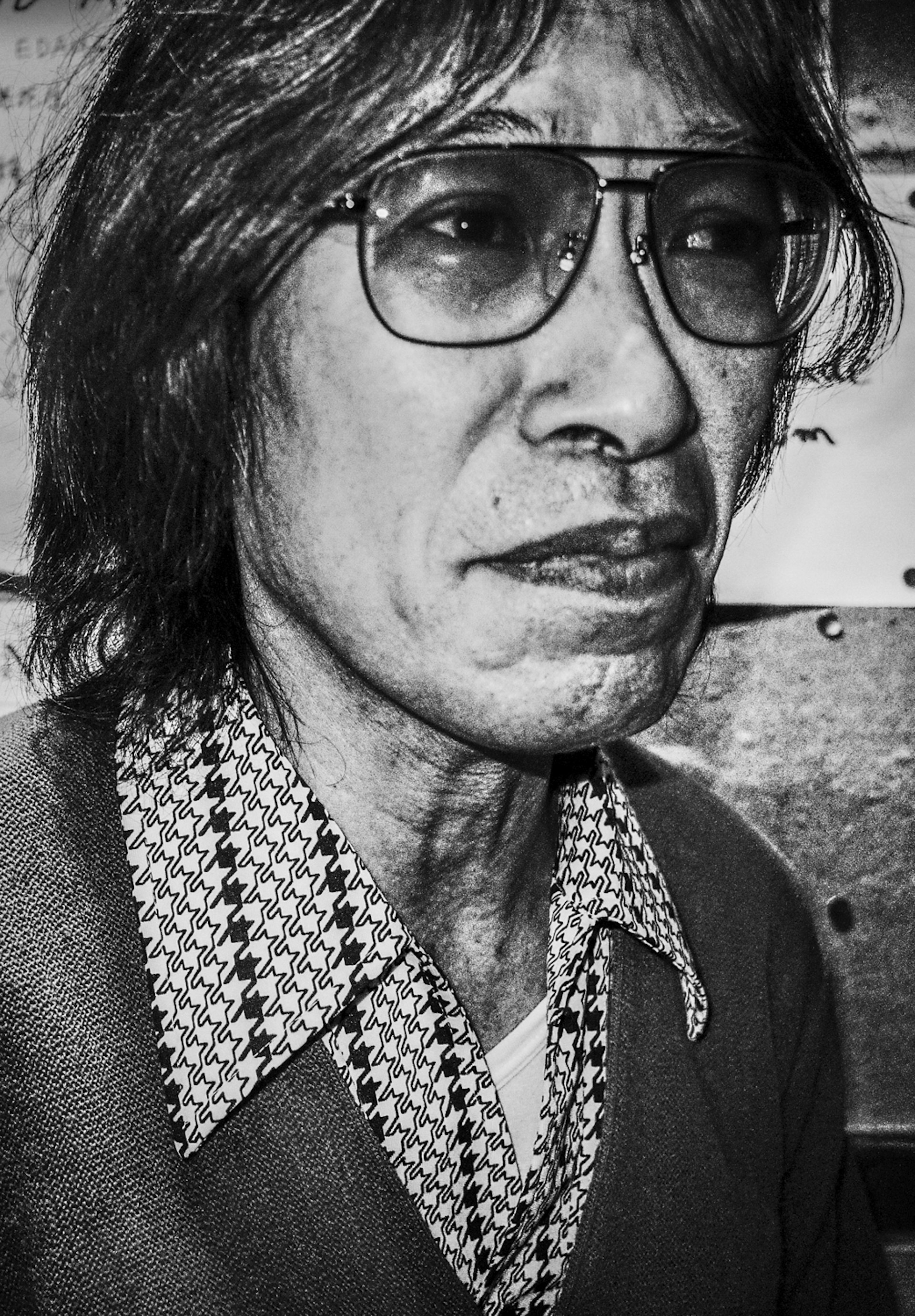
Johnny, Golden Gai 2015
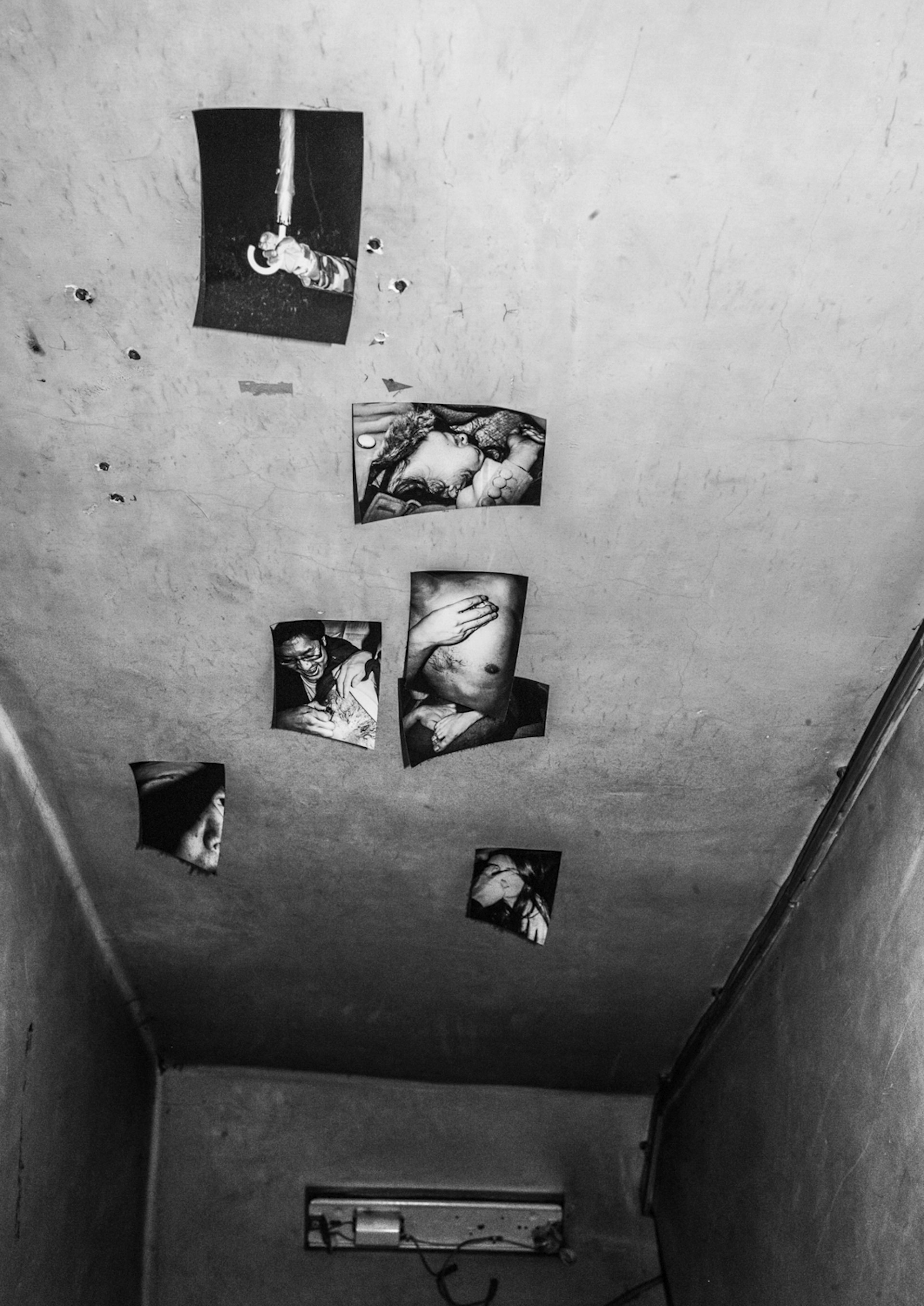
Ceiling Kubicho, 2016
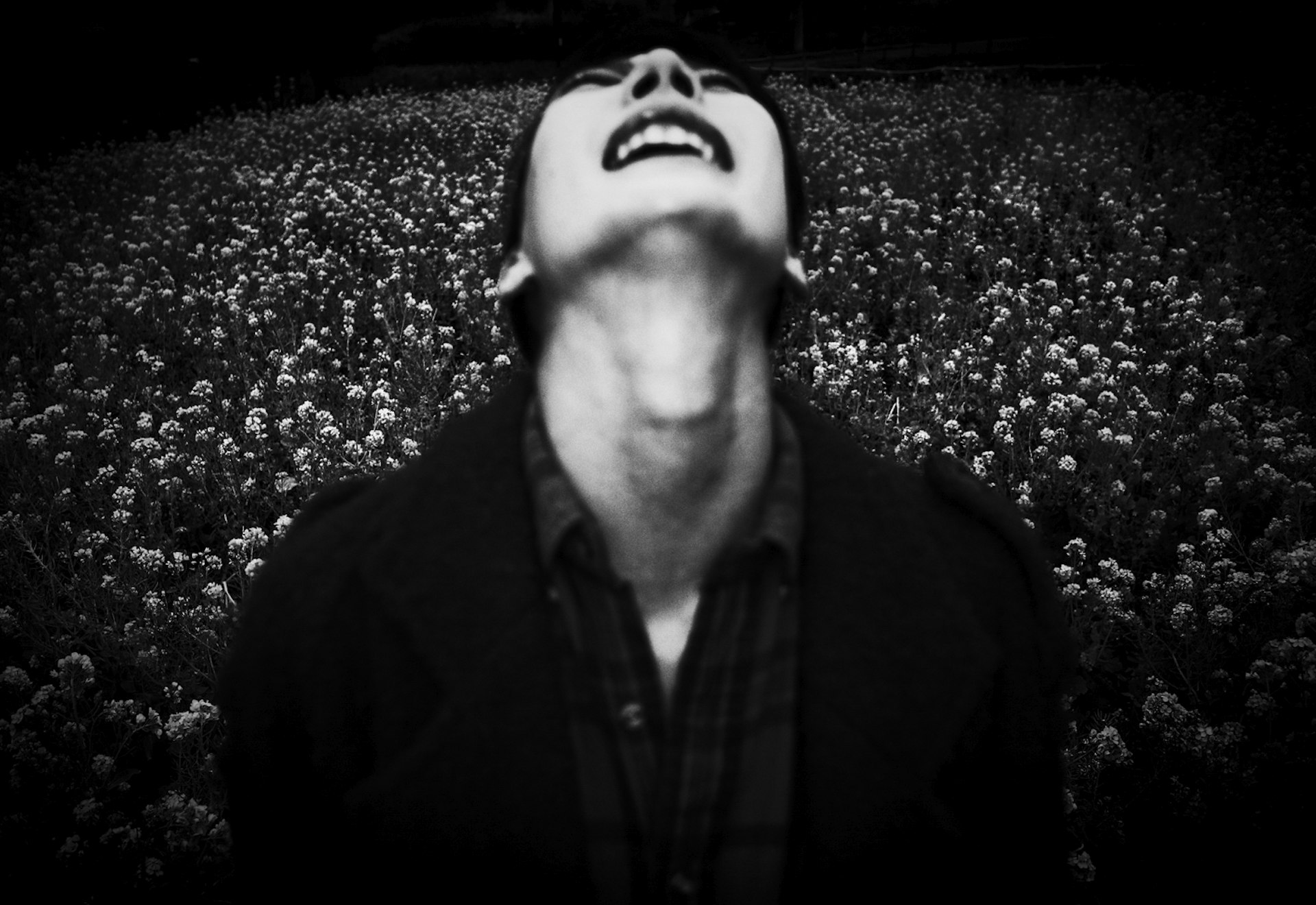
Yoko in Spring, Tokyo 2015
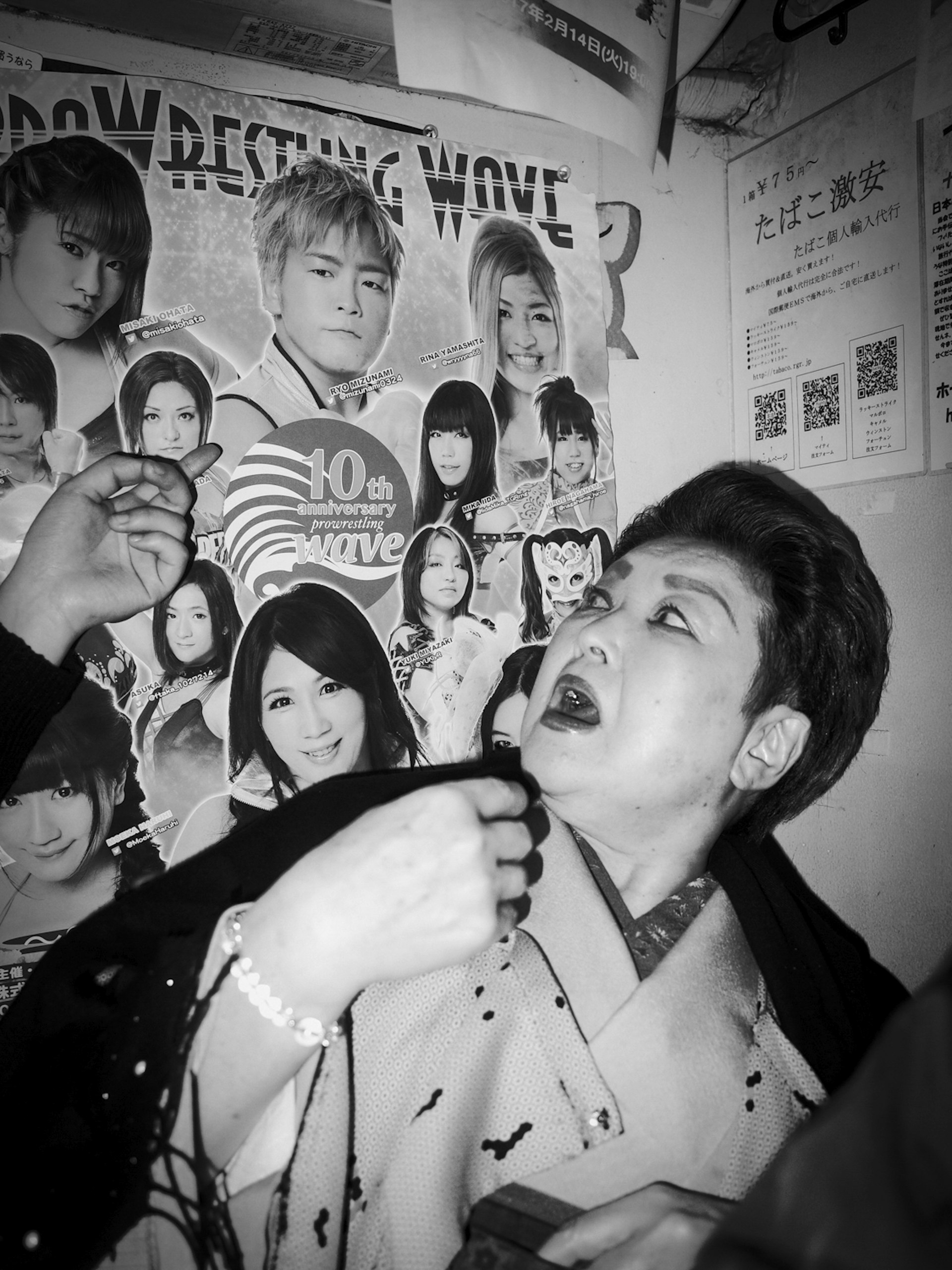
Small bar, Kubukicho 2016
See more of Meg Hewitt’s work on her official website.
Miss Rosen is a freelance journalist. Follow her on Twitter.
Enjoyed this article? Like Huck on Facebook or follow us on Twitter.
